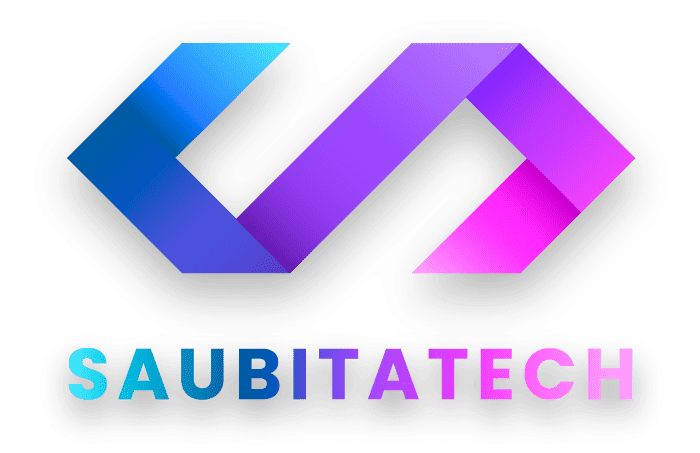Software development is an essential investment for businesses aiming to innovate and stay competitive. However, the cost of building a software solution varies significantly depending on multiple factors. Understanding these factors can help businesses optimize their budgets without compromising on quality.
At SaubitaTech, we specialize in providing cost-effective software solutions tailored to business needs. Whether you need website and application development or advanced AI & RPA solutions, we ensure efficiency and affordability in every project.
Key Factors Affecting Software Development Costs
1. Project Scope and Complexity
The complexity of your software determines the time and resources required for development. A simple website or mobile app will cost significantly less than a complex enterprise software solution.
Optimization Tip:
Define clear project requirements from the beginning to avoid scope creep. Prioritizing must-have features over nice-to-have ones can also help control costs.
2. Development Team and Location
The cost of hiring developers varies based on their expertise and geographical location. Offshore development teams can be more cost-effective, but quality assurance is crucial.
Optimization Tip:
Consider a hybrid development model, mixing in-house and offshore teams. Outsourcing specific tasks through recruitment process outsourcing can also reduce hiring expenses.
3. Technology Stack
Choosing the right programming languages, frameworks, and tools affects both development speed and cost. Using emerging or niche technologies may increase expenses due to limited expertise.
Optimization Tip:
Opt for widely used, scalable, and open-source technologies to reduce licensing fees and ensure long-term maintainability.
Cost-Effective Software Development for Small and Medium-Sized Businesses

4. Design and User Experience (UX/UI)
A well-designed UI/UX is essential for customer engagement but can add to the cost. Custom designs, animations, and interactive elements require extra development time.
Optimization Tip:
Use pre-built UI components or frameworks to save time while maintaining a professional appearance.
5. Development Approach: Custom vs. Off-the-Shelf Software
Custom software offers flexibility but is more expensive than pre-built solutions. Businesses must decide based on their specific requirements.
Optimization Tip:
For cost savings, consider integrating off-the-shelf solutions with custom development to balance flexibility and affordability.
6. Testing and Quality Assurance
Comprehensive testing ensures reliability but adds to costs. However, skipping this phase can lead to costly bug fixes later.
Optimization Tip:
Use automated testing tools where possible and prioritize critical features for manual testing to streamline the process.
7. Post-Development Maintenance and Updates
Ongoing maintenance is essential for keeping software secure and functional. Future updates, server costs, and customer support should be factored in.
Optimization Tip:
Choose cloud-based services or mobile app development solutions that offer flexible scaling options to optimize long-term costs.
Custom Software vs. Off-the-Shelf Solutions: A Cost Comparison
How SaubitaTech Helps Optimize Software Development Costs
At SaubitaTech, we provide tailored strategies to optimize your development budget while ensuring high-quality results. From leveraging AI-powered automation to offering scalable solutions, we ensure cost-effective development without sacrificing performance.
For expert guidance on cost optimization, contact our team at SaubitaTech.
Conclusion
Understanding the key cost factors in software development can help businesses make informed financial decisions. By adopting efficient planning, leveraging the right technologies, and choosing the right development approach, companies can significantly reduce costs while delivering high-quality software solutions.
Whether you’re looking for custom web applications, AI-powered automation, or mobile app development, SaubitaTech is here to help you optimize your budget while achieving your digital transformation goals.







